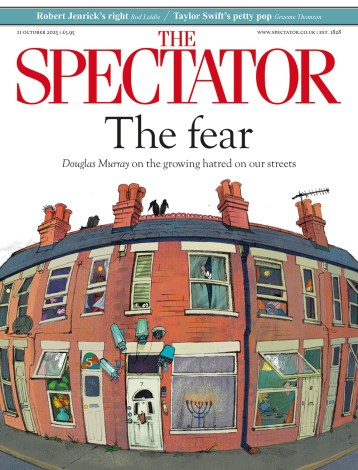Stieg Larsson was a rather unsuccessful left-wing Swedish journalist who lived off coffee, cigarettes, junk food and booze, and died aged 50 after climbing seven flights of stairs, having recently sold to a publisher the series of crime novels now called The Millennium Trilogy. It was originally called The Men Who Hate Women, and in Sweden the first of the series was published under that prize-winningly awful title. The Millennium Trilogy is an improvement, but hardly has the ring of a hit. Nonetheless, it has sold millions of copies and inspired a global cult.
The sales are due entirely, I should think, to the infinitely sexier titles Larsson’s publisher came up with: The Girl with the Dragon Tattoo, The Girl Who Played with Fire and The Girl Who Kicked the Hornets’ Nest, with their echoes of Pippi Longstocking. Having now read the first, and Kindle samples of the others, I must say that The Men Who Hate Women does at least have the merit of honesty. Each section is prefaced with statistics about sexual crimes against women in Sweden, and the plots feature elaborate combinations of rape, torture and murder.
And I thought it a swizz that the stories are less about the Girl than they are about ‘Kalle’ Blomkvist, a left-wing journalist who lives off coffee etc, solves all the crimes, exacts revenge on the corporate fascists, earns huge sums of money, and has matter-of-fact sex with every attractive woman he meets, in that peculiarly Nordic, ‘Hello, shall we?’ kind of way, which sits rather queasily amid all the ambient sex crimes. From swamps of heavy exposition and research, the exhausted reader trudges through reeking tides of indignation, disgust and horror, with nary a joke in sight. Apart from the Girl — who is quite fun, in a BDSM kind of way — I found it inept, foul and boring.
The cult of Stieg — or Stig, as he originally was — arises from the identification of Blomkvist with Larsson, which is given weight and poignancy by the author’s posthumous earning of the huge sums he imagined for his hero. And in a twist that makes his story better than any he wrote, he died intestate and unmarried, so the fortune generated by his estate has gone not to his partner/common-law wife/effective widow, but to his estranged father and brother. In Stieg & Me she claims that Larsson père et frère said she could share the estate if she married père, but that may be a twist too far.
In any event, poor Eva Gabrielsson. She and Stieg met in 1972, at a demonstration against the Vietnam war. Stieg was a Maoist, and Eva a Trotskyite. A few years later he converted to Trotskyism, and was sent by the Fourth International to Eritrea, where he trained a female militia in the use of Soviet mortars, and he remained a Trot until ‘the late 1980s’. He was always a feminist, ever since he witnessed as a teenager, at a campsite (or ‘campground’, as Gabrielsson’s prize-winning translator has it), the gang rape of a girl, and did not intervene.
In 1979 he joined TT, the Swedish news agency, as an illustrator, but was not allowed to become a journalist because ‘Stieg Larsson cannot write’, which Gabrielsson regards as a great irony. He stayed 20 years, during which time he founded Expo, the anti-fascist quarterly that features in the novels as Millennium.
In 1983 Stieg and Eva decided to marry, and bought rings, but they could not be bothered to fill out the necessary forms. A few months before his death they again decided to marry, but did not get round to it in time. Nor did they get round to setting up the company they planned together, into which the earnings of The Millennium Trilogy would have gone, and which would have solved the problem of Stieg’s missing will.
The novels are all about revenge, against rapists and fascists, and their huge success is Stieg’s revenge against those who said he could not write, even if his execrable prose proves them right. Stieg & Me is intended as Eva’s revenge against those who have disinherited her. It is quite moving, incredibly badly written and not entirely convincing.





Comments